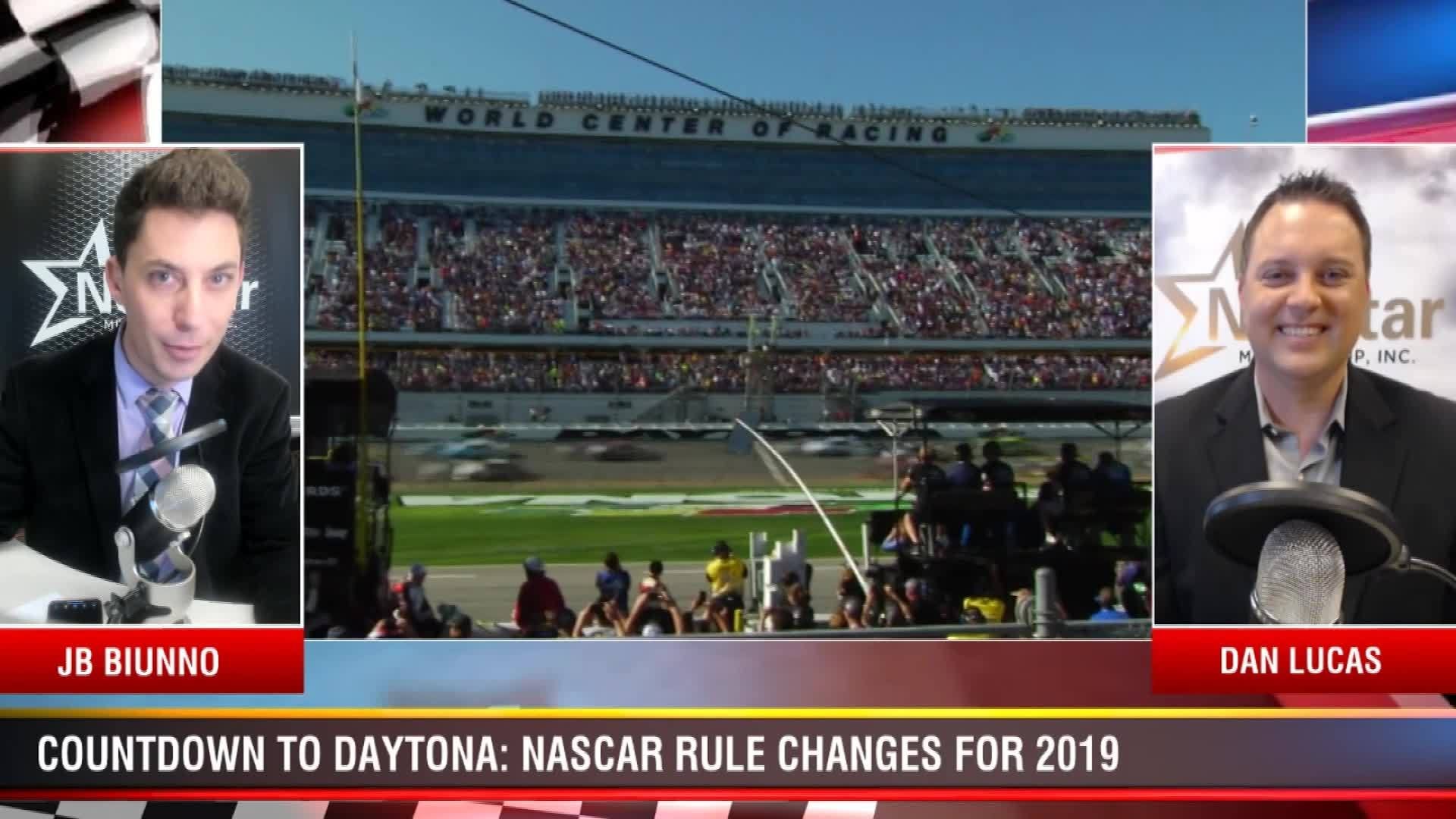WEBISODE: Daytona 500 marks end of era for NASCAR
The 61st running of the Daytona 500 will mark the end of an era for NASCAR.
After Sunday’s race, teams on the Monster Energy NASCAR Cup Series will bid farewell to restrictor plates, a staple on the superspeedways for more than three decades.
In this edition of ‘Countdown to Daytona’, Dan Lucas and J.B. Biunno discuss the rules change for 2019 and the impact it will have on this week’s race and the remainder of the season.
Last fall, NASCAR announced several rules changes beginning with the removal of restrictor plates in favor of tapered spacing over engines that will reduce air intake and lessen the car’s horsepower. The change was so late in the calendar year that teams were allowed more time to test engines from their respective manufacturers and keeping restrictor plates at one last Daytona 500. But after Sunday, Daytona and Talladega Speedways will use spacers.
The restrictor plate was implemented in 1987 following a harrowing crash in the catch net at Talladega by driver Bobby Allison. Driver Bill Elliott had set the all-time qualifying record at more than 212 mph. NASCAR felt it needed to act, in the name of driver safety.
Over the years, teams have learned to maximize power using restrictor plates but NASCAR is now focusing on tighter racing and skill on the big tracks. Defending Daytona 500 champion Austin Dillon remarked that the change could lead to “angry drivers”, sensing that bumping will increase on the superspeedways.
That was evident in Sunday’s Clash at Daytona, as driver Jimmie Johnson made a move to pass race leader Paul Menard with heavy rain approaching the speedway. Johnson’s inside pass sent Menard toward the outside wall and set off a crash that claimed nearly every car in the 20-car event. During the ensuing red flag, the bad weather arrived and Johnson was declared the winner.
Downforce and air drag are also components that NASCAR deals with when planning for each season.
While it hopes to see tweaks slow down the field at Daytona, the engine will ultimately provide the proof.
As for this week’s race, look for high speeds and more crashes.
On Sunday, driver William Byron won the Daytona 500 pole position with a qualifying lap of more than 194 mph. That is roughly the standard, ever since the installation of the restrictor plates.
After Sunday, the plates come off for good.



